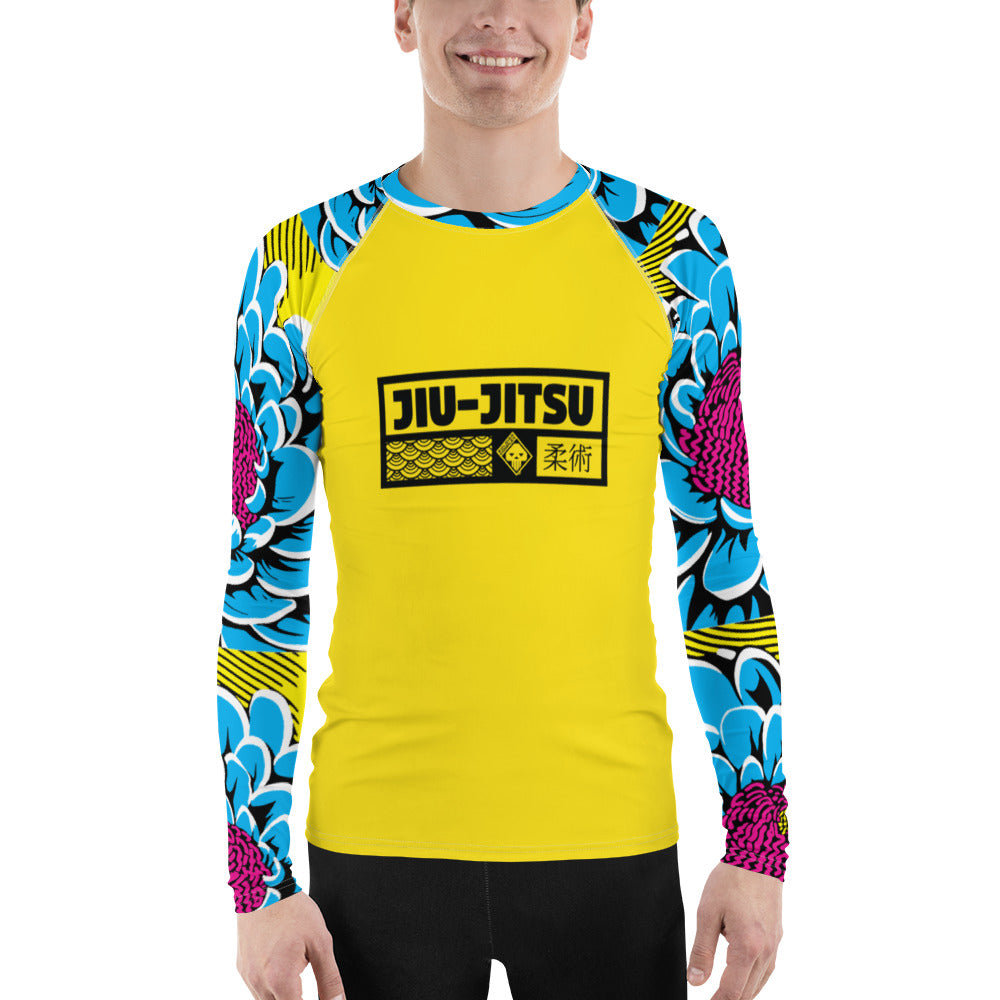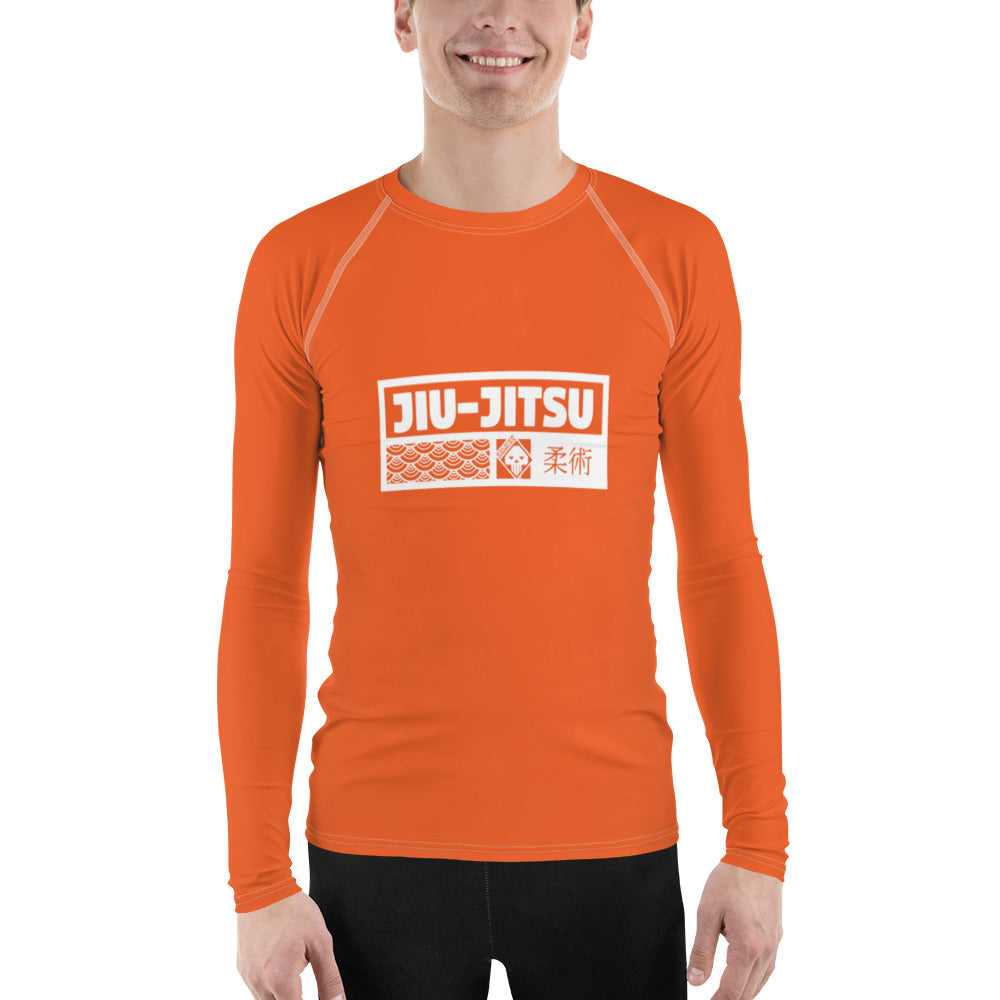Beyond the Gi: Techniques for Advancing in No-Gi
Transitioning from traditional gi Jiu-Jitsu to the dynamic realm of No-Gi requires a nuanced approach and a focus on adapting techniques to the absence of gi grips. Here are key techniques to help you advance and excel in No-Gi Jiu-Jitsu:
-
Grip Fighting Techniques:
Develop efficient hand fighting skills to control your opponent without relying on gi grips. Utilize wrist control, collar ties, and underhooks to dictate the pace and set up your attacks. -
Dynamic Passing:
Embrace dynamic passing strategies that involve quick footwork and agile movement. No-Gi situations often require faster transitions, so practice passing sequences that exploit your opponent's movements. -
Leg Lock Entries and Escapes:
Master leg lock entries and escapes specific to No-Gi Jiu-Jitsu. Understand the mechanics of heel hooks, ankle locks, and knee bars, and integrate them seamlessly into your game while also defending against your opponent's leg attacks. -
Butterfly Guard Transitions:
Develop a strong Butterfly Guard game with an emphasis on sweeps and transitions. Butterfly Guard is effective in No-Gi for off-balancing opponents and creating opportunities for submissions or advancing to dominant positions. -
Submission Chains:
Focus on chaining submissions together to create continuous threats. No-Gi situations often involve quicker escapes, so having a variety of submissions in your arsenal can catch opponents off guard. -
Wrestling Takedowns:
Adapt your takedown game to include wrestling techniques suitable for No-Gi grappling. Work on single-leg and double-leg takedowns, emphasizing control and the ability to dictate where the match takes place. -
Clinch Work:
Develop clinch work skills to control your opponent in close quarters. This includes pummeling for underhooks, utilizing overhooks, and incorporating techniques from the Thai clinch. -
Dynamic Guard Retention:
No-Gi guard retention demands dynamic movement. Practice using quick hip escapes, effective framing, and smart positioning to prevent your opponent from passing your guard. -
Knee Slice Pass Variations:
Explore variations of the knee slice pass adapted for No-Gi. These passes involve slicing through your opponent's guard with precision, and the lack of gi grips necessitates a focus on controlling the legs and hips. -
Back Takes and Control:
Master back takes from various positions, such as the turtle or the guard. No-Gi grappling often involves slippery situations, so securing the back can be a strategic advantage. -
Arm Drags and Snap Downs:
Incorporate arm drags and snap downs into your stand-up game. These techniques disrupt your opponent's balance and create opportunities for quick takedowns or positional advancements. -
Kuzushi (Off-Balancing):
No-Gi situations require effective off-balancing (kuzushi) to set up your attacks. Learn to disrupt your opponent's base and create openings for sweeps, submissions, or positional advancements. -
Sprawls and Front Headlock:
Work on effective sprawls and front headlock control to counter your opponent's takedown attempts. This defensive skill set is crucial in No-Gi scenarios where the stand-up phase is faster-paced. -
Flow Rolling Sessions:
Incorporate flow rolling sessions into your training to seamlessly link techniques and transitions without the intensity of full sparring. This allows you to experiment and refine your No-Gi techniques. -
Adaptability and Creativity:
Cultivate an adaptable and creative mindset. No-Gi Jiu-Jitsu often requires thinking on your feet and improvising in rapidly changing situations. Develop the ability to adapt your techniques based on the unique challenges presented by each opponent.
By incorporating these techniques into your No-Gi Jiu-Jitsu repertoire, you can enhance your adaptability and effectiveness in this dynamic and challenging aspect of grappling.




